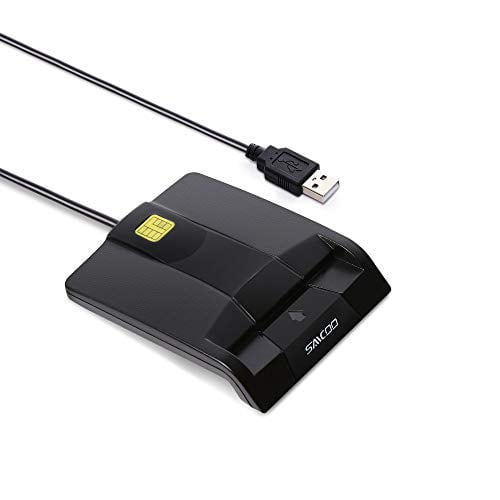In The Shelter, In The Cards Mac OS
- In The Shelter In The Cards Mac Os X
- In The Shelter In The Cards Mac Os 11
- In The Shelter In The Cards Mac Os Catalina
- In The Shelter In The Cards Mac Os Download
Hallmark Card Studio for Mac extends this tradition, making it easy to create one-of-a-kind Hallmark cards as unique as the people you care for. But cards are just the beginning. Bridge the miles between family and friends with customizable photo frames, calendars, announcements, postcards, stationery, invitations, e-cards and scrapbook pages. Shelter 2 includes more elaborate gameplay features than its predecessor, such as stamina, different types of movements, jumps and a variety of prey to kill. Besides hunting there are several maternal and hunting features, such as calling the cubs closer, smell for prey, making sure they drink water from rivers and lifting and carrying your.
- Get a glimpse at the thoughts and concepts behind Shelter, Shelter 2, Paws, Fables From the Den, The Lonesome Fog, and Meadow. Flip through old and known images as well as others that have never been shown before. A must-have for any fan of the Shelter franchise.
- Mac OS includes drivers for any Graphics that came with your mac. The exception is if you added an external option, that may need a third part driver. Even with Bootcamp the drives still a certified and distributed by APPLE the ones listed on the AMD site are here as a.
EDIT: This post have been getting very many views lately so ‘fess up in the comments if you want a part 2 with more advanced and new ways to use Mac OS X commands and wildcard characters.
This tip/post is going to be about several common Mac OS X commands and wildcard characters I have discovered, at work, that is useful to understand and know how to use. First off, wildcard characters are special characters such as * and ? that help you to find groups of filenames that have something in common.

For example, say I have a couple of files that I want to find in my home directory. My home directory is cluttered with junk files that I never take the time to organize. But somewhere within that junk pile of files there lay 8 files I would like. Their filenames are ssw_idl.a285, ssw_idl.r391, ssw_idl.z988, ssw_idl.c293, and the other 4 files are named similarly (“ssw_idl.” followed by a letter, then 3 numbers).
Open up terminal (or something similar like X11’s xterm) and type in ls
Cramming time:cd – changes directories (directories = folders). cd .. to go up a directory and cd FOLDERNAME to go to a folder in the current directory.rm – deletes files/folders.mkdir – makes directories (folders).say 'Hello!' – computer says ‘Hello!’more textFileName – opens up a text file for viewing inside the command line/shell.
Now the actual reason I wrote up this post was to show you how to display only certain files with similar names. So we’ll go on to learn about wildcard characters (to be completely honest, I am a noob to this whole wildcard thing; I am stilling learning also), and then about how to use wildcard characters in the Mac OS X command line. Skip ahead if you already know about wildcard characters.
——– The Good Stuff ——-
In The Shelter In The Cards Mac Os X

In The Shelter In The Cards Mac Os 11
* – this star means “everything”.ls * will display all folders and all files within those folders.? – means any character. ?? means any two characters. So basically ls ??* will only display files/folders that have filenames 2 or more characters long.alphabet and numbers – typing in any letters or numbers means that files/folders must have those exact letters/numbers.ls *.jpg – lists all files that are jpeg images (.jpg extension)
The “.” (backslash then dot with no space, in case you couldn’t see it well) means a literal dot. No backslash before the dot would mean just any single character except for a new line (n).ls a* – lists files/folders starting with an “a”.ls *.* – lists only files because folders don’t have a dot in their name.ls [a-z] – lists only folders with a one character letter for their name.ls frame[0-9] – lists any files/folders starting with “frame” and then any 1 number.
In The Shelter In The Cards Mac Os Catalina
A very nicely made reference page for Mac OS X Commands:
http://www.ss64.com/osx/
In The Shelter In The Cards Mac Os Download
Any comments welcome! Show me something cool & new!